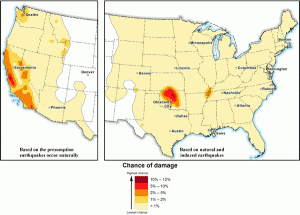Rising fuel prices have brought the trucker strike in Brazil to its ninth day. Over the past year fuel prices have risen 50%. Drivers have parked their vehicles and refused to deliver food for both humans and livestock, medicine, and other essentials. President Michel Temer has called for national security forces to unblock roads and has called on local governors to do the same. Petrobras workers plan to strike later this week adding complications to the trucker strike. There are 20 billion chickens and 20 million pigs that are at risk of starvation with over 150 poultry and pork processing plants shut down according to trade group ABPA.
Strikes are a form of business interruption that need special attention. ISO 22301 requires that organizations address risks and opportunities relating to business continuity and business interruption events. Strikes can involve your own workforce, your suppliers, or you may a bystander. Assessing the risk of strikes in your business is essential, but you should not ignore third-party risk. What if livestock feed became unavailable for your farm? Would your delivery business be able to function if a trucker strike had blocked all the roads? Assessing risks caused by other parties or events such as a trucker strike or soaring fuel prices that could lead to protests should be part of your continuity plans. You could mitigate the risk by using your current plans for severe weather or pandemic disease since the outcomes of reduced ability to travel or available workforce would be the same. Transferring the risk is also a financial strategy. Does your business interruption insurance policy cover strikes? In many cases you will need to buy added coverage for losses caused by a strike among your workers or for strikes at elsewhere that affect your business. Your policy review should include replacement of perishable goods, damaged equipment, and other losses.
Performing a risk assessment of your supply chain and including events caused by unrelated third parties is a crucial step to avoiding a disaster or continuity of operations event. Assessing the entire supply chain or key suppliers can be a complex project. Our consultants can assist you with assessing your supply chain, economic risk, and other factors that may lead to a disruption in your business. Contact us today and setup an appointment to discuss how

